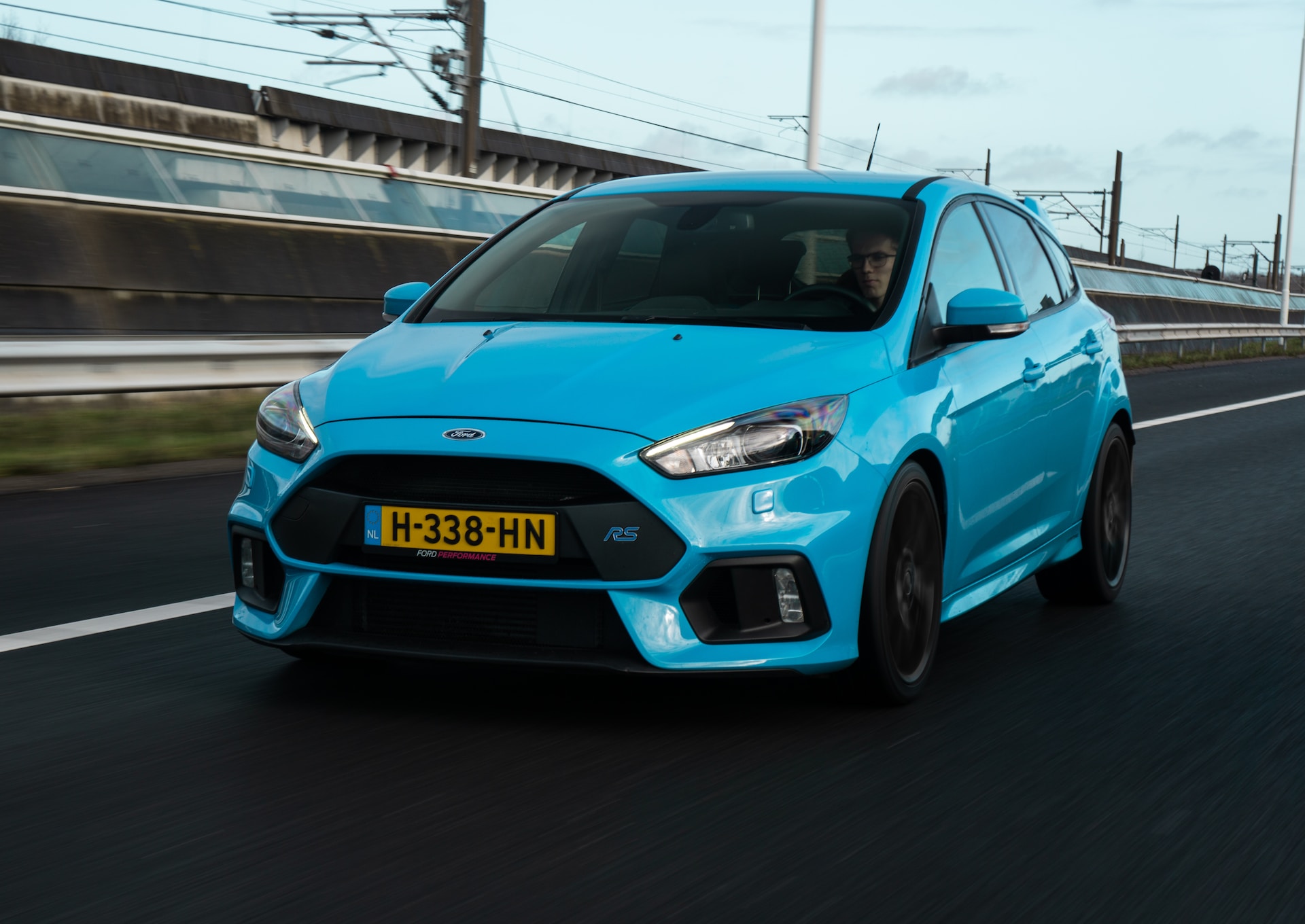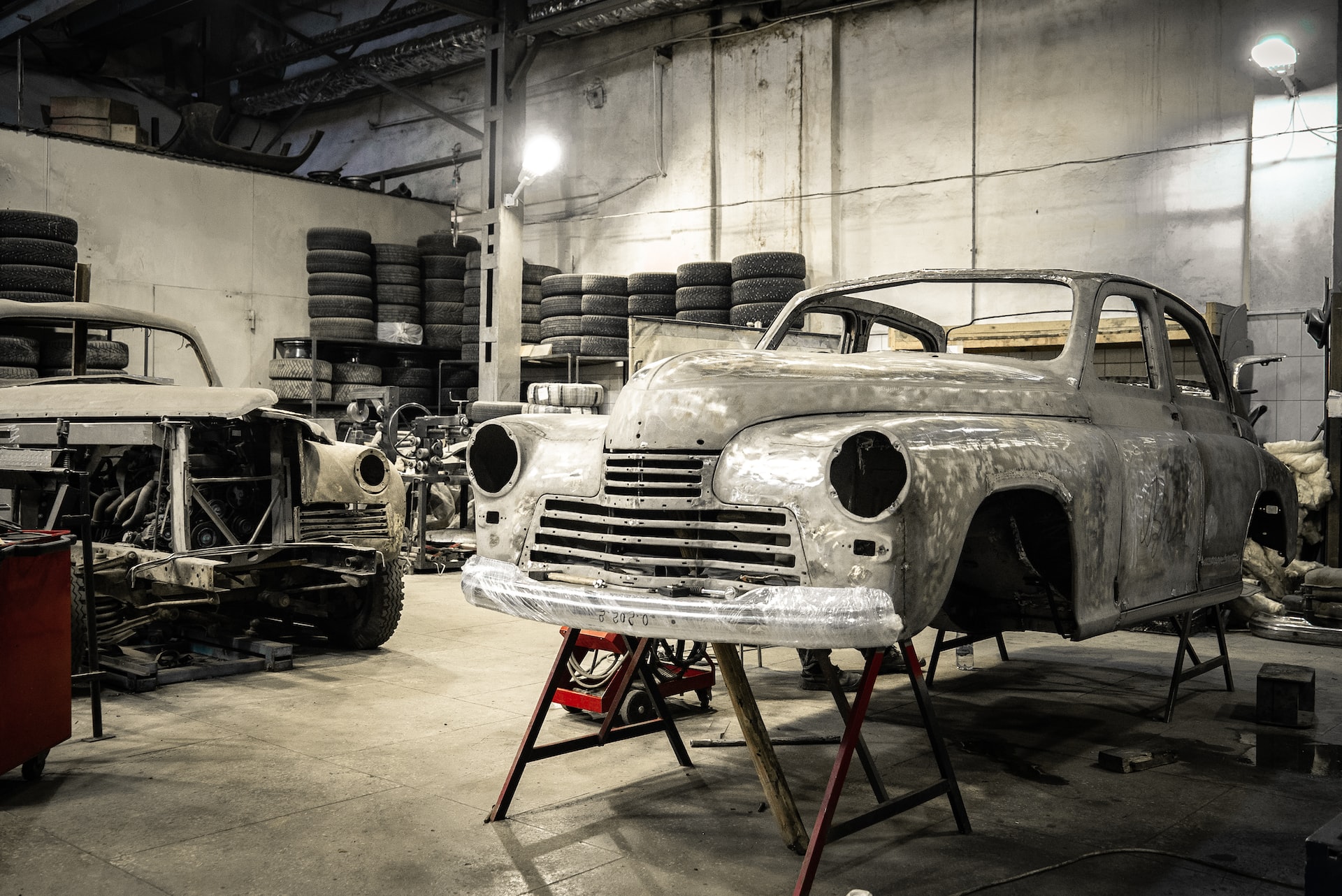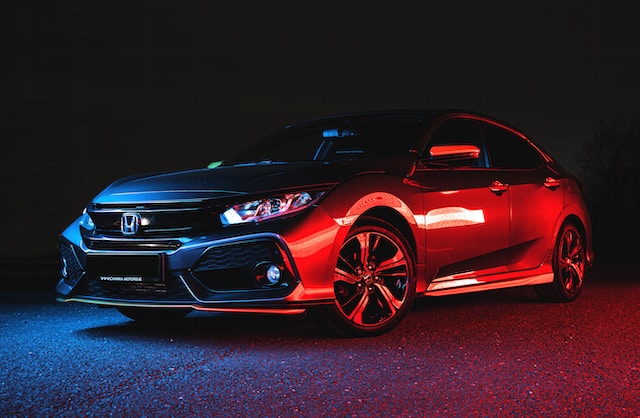What Does DRL Mean In A Car
In the world of automotive technology, acronyms like ABS, ESC, and DRL frequently pop up, leaving many drivers puzzled. DRL, which stands for Daytime Running Lights, is one such acronym that holds immense importance when it comes to vehicle safety and visibility.
In this article, we will talk about what DRL means on a car and its practical use in various driving scenarios.
What Does DRL Mean on a Car?
Daytime Running Lights (DRL) is a feature in modern vehicles to enhance visibility during daylight hours. DRLs are designed to make vehicles more conspicuous to other road users, reducing the risk of accidents and increasing overall road safety.
These lights automatically turn on when the vehicle is running, and the headlights are off. The primary purpose of DRL is to increase the visibility of the vehicle to other road users, reducing the risk of accidents and enhancing overall road safety.
The Function of DRL
Daytime running lights emit a low-intensity light that is bright enough to be visible in daylight yet not blinding to oncoming traffic. These lights are usually located in the front of the vehicle, with common placements being in the headlights or as separate, integrated fixtures.
They are not a replacement for headlights. They are designed to operate during daylight hours, improving a vehicle’s visibility in various driving conditions, such as urban traffic, rural roads, adverse weather, dawn and dusk, low-light environments, and tunnels.
DRL Use on Car Models
The DRL use on cars is not a universal requirement, but many car manufacturers adopt it. Moreover, road safety authorities also encourage its use. Here are the key aspects of DRL use on different car models:
1. Factory-Installed DRL
Many modern vehicles come equipped with factory-installed DRL as a standard feature. These integrated DRLs are designed to seamlessly blend with the vehicle’s design and turn on automatically when the engine is started. They enhance safety without requiring driver intervention.
2. Retrofitting DRL
For older vehicles that lack factory-installed DRL, retrofitting kits are available. These kits allow you to add DRL to your vehicle, typically as additional lights on the front. While retrofitting is a viable option, it’s essential to ensure that the installation complies with local regulations and doesn’t impair the effectiveness of other lighting systems.
3. Mandatory DRL Regulations
In certain regions and countries, regulations have been enacted to make DRL mandatory on all new vehicles. These regulations vary by location, so drivers must familiarize themselves with their local laws regarding DRL.
Practical Use of DRL on Cars
Understanding what DRL means is just the beginning; the real value lies in their practical use. DRL offers a range of benefits, contributing to overall road safety and driver awareness.
Enhanced Visibility
DRL significantly improves a vehicle’s visibility to other road users. Whether in urban or rural settings, these lights make it easier for pedestrians, cyclists, and other drivers to spot your vehicle, reducing the likelihood of accidents caused by not seeing or being seen.
Improved Conspicuity
Conspicuity, or the ability of an object to stand out and catch one’s attention, is a critical element of road safety. DRL, with its unique design and automatic activation, makes your vehicle more conspicuous in traffic. This feature is especially valuable during dawn, dusk, or in adverse weather conditions.
Reduced Accidents
One of the primary purposes of DRL is to reduce accidents, especially frontal collisions. By enhancing your vehicle’s visibility, DRL helps prevent common types of accidents caused by one driver not noticing another vehicle approaching. These lights make a substantial difference in collision avoidance.
Energy-Efficient Lighting
Daytime running lights are energy-efficient. They use significantly less power than full headlights, ensuring that they do not drain your vehicle’s battery quickly. Moreover, their low intensity contributes to a longer lifespan for the bulbs, reducing maintenance costs.
Suitable for All Weather Conditions
DRLs are not limited to sunny days. They are effective in various weather conditions, including fog, rain, and snow. In adverse weather, when visibility is compromised, DRLs are invaluable for maintaining safety on the road.
Aid for Motorcycles
DRLs are not exclusive to cars; motorcycles can also benefit from these lights. When installed on motorcycles, DRL enhances their visibility to other road users, making them safer in traffic.
Pedestrian and Cyclist Safety
DRL not only benefits vehicle drivers but also pedestrians and cyclists. Drivers are more likely to notice these lights, reducing the risk of accidents involving vulnerable road users.
Common Misconceptions About DRL
There are some misconceptions about DRL that need clarification:
DRL as a Substitute for Headlights
One common misconception is that DRL can replace headlights. This is not true. DRL are designed to increase a vehicle’s visibility during the day, but they do not provide adequate illumination for nighttime driving. Headlights serve a different purpose, and you should use them when it’s dark or in low-light conditions.
DRL and Fuel Consumption
You may assume that using DRL would increase fuel consumption. However, the energy consumption of DRL is minimal, and they do not have a significant impact on fuel efficiency. The safety benefits they offer far outweigh any minimal increase in energy use.
DRL and Distraction
Another misconception is that DRL may distract other drivers. On the contrary, DRL are designed to be unobtrusive and not cause glare or discomfort to other road users. Their purpose is to enhance safety, not to create distractions.
also read, Review on SBT Japan used cars.
Tips for Using DRL Effectively
To make the most of DRL, here are some tips for using them effectively:
Check Local Regulations
Before installing or using DRL, check your local regulations to ensure compliance with the law. Regulations regarding DRL use may vary from one place to another.
Avoid Overusing DRL
While daytime running lights are valuable, it’s essential not to use them unnecessarily. They are suitable for daylight hours and may not be as effective or energy-efficient when used in bright sunlight. Be mindful of when you activate them.
Use Full Headlights at Night
Remember that DRL are not a substitute for headlights. When driving at night or in low-light conditions, always use your vehicle’s full headlights to ensure proper illumination.
Regular Maintenance
If your vehicle has daytime running lights, make sure to include them in your regular maintenance routine. Check that the lights are functioning correctly and that the bulbs are not burnt out.
Be Mindful of Others
While these lights help enhance safety, always be considerate of other road users. Avoid using high beams or any additional lighting that may blind or distract other drivers.
Conclusion
In the realm of automotive safety, DRL plays a crucial role in preventing accidents and enhancing driver awareness. Now that you know what DRL mean on a car and how they are useful, you can make the most of this technology to ensure your safety on the road.
Remember that DRL are not a replacement for headlights but rather a valuable addition to your vehicle’s safety features. By using DRL effectively and adhering to local regulations, you can contribute to a safer and more visible driving environment for all.




